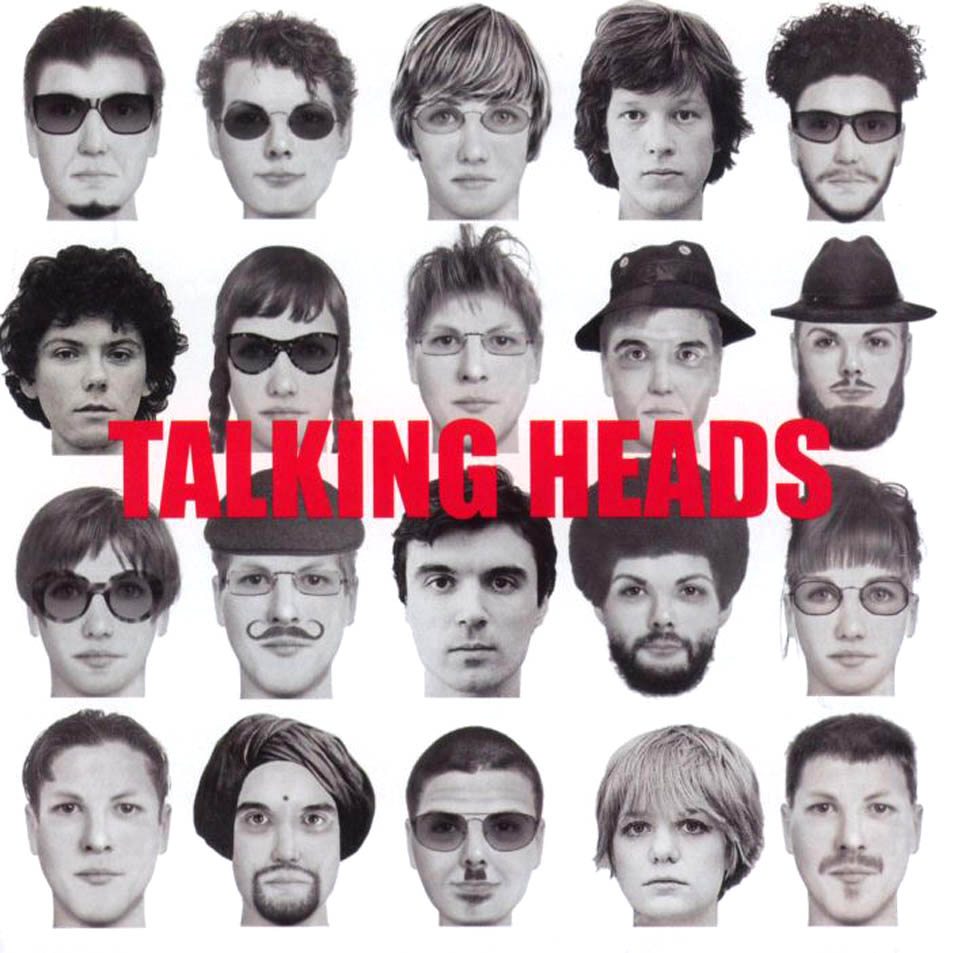Best Of Talking Heads Rar
Actinver windows xp en mode sans echec cracked pc. Apr 4, 2013 - These videos have been around the Internet for several years and the view counts for each respective clip indicate that many of you folks out.
• ' Released: October 14, 1979 • ' Released: February 7, 1980 • ' Released: July 8, 1980 Fear of Music is the third by American band, released on August 3, 1979. It was recorded at locations in during April and May 1979 and was produced by the quartet. The album reached number 21 on the and number 33 on the, and spawned the ', ', and '. Fear of Music received favourable reviews from critics. Praise centred on its unconventional rhythms and 's lyrical performances. The album is often considered one of the best Talking Heads releases, and has featured in several publications' lists of the best albums of all time. Watch detective conan online gogoanime. Contents • • • • • • • • • • • • • • • Origins and recording [ ] Talking Heads' second album, released in 1978, expanded the band's sonic palette.
The record included a hit single, a of 's ', which gained the quartet commercial exposure. In March 1979, the band members played the song on nationwide U.S. In the days after the performance, they decided they did not want to be regarded simply as 'a singles machine'. Talking Heads entered a New York City studio without a producer in the spring of 1979 and practiced tracks. Musically, the band wanted to expand on the 'subtly disguised' rhythms present in More Songs About Buildings and Food by making them more prominent in the mixes of new songs. The recording plans were shelved after the quartet was not pleased with the results during the sessions.
A decision was taken to rehearse in drummer 's and bassist 's loft, where the band members played before they signed to a record label in the mid-1970s. Eno, who produced their previous full-length release, was called to help. On April 22 and May 6, 1979, a van manned by a crew parked outside Frantz's and Weymouth's house and ran cables through their loft window.

On these two days, Talking Heads recorded the basic tracks with Eno. Instead of incorporating characters in society like in More Songs About Buildings and Food, Byrne decided to place them alone in situations. Weymouth was initially skeptical of Byrne's decisions, but the frontman managed to persuade her.
She has explained that Byrne's sense of rhythm is 'insane but fantastic' and that he was key to the band's recording drive during the home sessions. As songs evolved, playing instrumental sections became easier for the band members. Eno was instrumental in shaping their sound and recording confidence and worked on treatments of tracks once they were all crafted. Promotion and release [ ] After completing Fear of Music, Talking Heads embarked on their first region tour in June 1979 and played concerts in New Zealand, Australia, Japan, and Hawaii. The album was released worldwide on August 3.
The LP sleeve was designed by band member. It is completely black and with a pattern that resembles the appearance and texture of metal flooring. The rest of the artwork was crafted by Byrne and includes created by Jimmy Garcia with the help of Doctor. Harrison suggested the 'ludicrous' title to the band. According to Weymouth, it was accepted because it 'fit' with the album's themes and the fact that the quartet was under a lot of stress and pressure when making it. Tour to showcase the new material was completed during August 1979.

At the time, Byrne told, 'We're in a funny position. It wouldn't please us to make music that's impossible to listen to, but we don't want to compromise for the sake of popularity.' The band shared the slots with and at the in September and embarked on a promotional European tour until the end of the year. Fear of Music was certified by on September 17, 1985 after more than 500,000 copies were sold in the U.S.